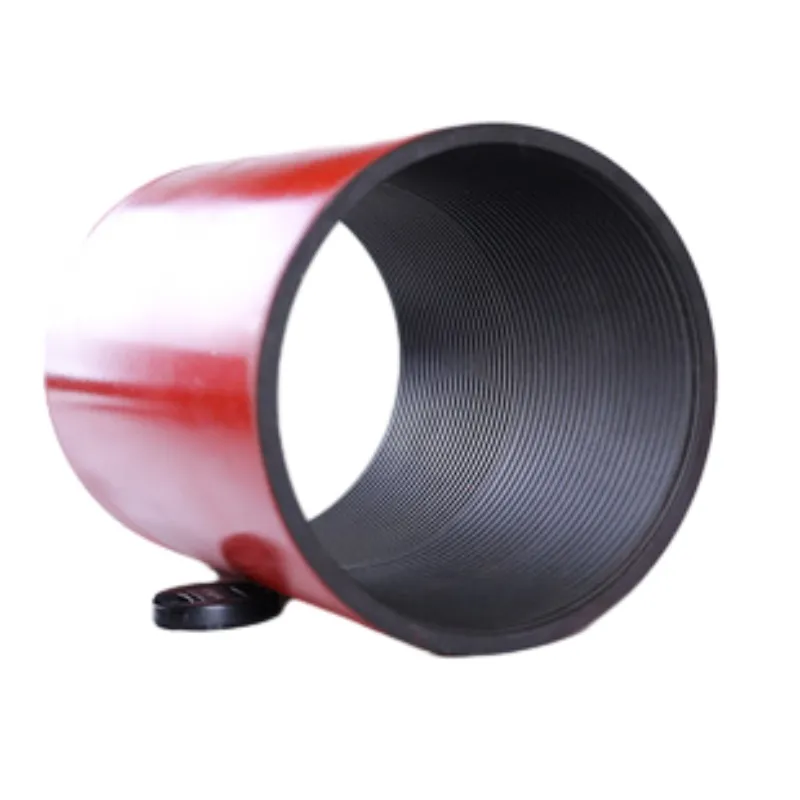- Afrikaans
- Albanian
- Amharic
- Arabic
- Armenian
- Azerbaijani
- Basque
- Belarusian
- Bengali
- Bosnian
- Bulgarian
- Catalan
- Cebuano
- Corsican
- Croatian
- Czech
- Danish
- Dutch
- English
- Esperanto
- Estonian
- Finnish
- French
- Frisian
- Galician
- Georgian
- German
- Greek
- Gujarati
- Haitian Creole
- hausa
- hawaiian
- Hebrew
- Hindi
- Miao
- Hungarian
- Icelandic
- igbo
- Indonesian
- irish
- Italian
- Japanese
- Javanese
- Kannada
- kazakh
- Khmer
- Rwandese
- Korean
- Kurdish
- Kyrgyz
- Lao
- Latin
- Latvian
- Lithuanian
- Luxembourgish
- Macedonian
- Malgashi
- Malay
- Malayalam
- Maltese
- Maori
- Marathi
- Mongolian
- Myanmar
- Nepali
- Norwegian
- Norwegian
- Occitan
- Pashto
- Persian
- Polish
- Portuguese
- Punjabi
- Romanian
- Russian
- Samoan
- Scottish Gaelic
- Serbian
- Sesotho
- Shona
- Sindhi
- Sinhala
- Slovak
- Slovenian
- Somali
- Spanish
- Sundanese
- Swahili
- Swedish
- Tagalog
- Tajik
- Tamil
- Tatar
- Telugu
- Thai
- Turkish
- Turkmen
- Ukrainian
- Urdu
- Uighur
- Uzbek
- Vietnamese
- Welsh
- Bantu
- Yiddish
- Yoruba
- Zulu
api casing sizes
Understanding API Casing Sizes A Comprehensive Overview
API casing sizes play a crucial role in the oil and gas industry, primarily concerning well construction and integrity. The American Petroleum Institute (API) has established specifications that outline the requirements and standards for casing pipes used in drilling operations. Understanding these sizes is essential for ensuring optimal performance, safety, and compliance with industry regulations.
Understanding API Casing Sizes A Comprehensive Overview
API casing sizes are defined in inches, typically ranging from 4-1/2 inches to 20 inches in diameter. The sizes are standardized to ensure compatibility with various accessories such as collars, coupling, and other equipment used in drilling. The most common sizes are 7-inch, 9-5/8 inch, and 13-3/8 inch, which are frequently used in exploratory and production wells.
api casing sizes

Casing is further classified into long string, liner, and conductor configurations. The long string casing runs from the surface to the total depth of the well, offering maximum protection. Liner casing, on the other hand, is often used to reinforce existing casing strings without extending to the surface. Conductor casing is set at the surface and serves as the first layer of protection against environmental threats.
The selection of casing size is influenced by several factors, including the depth of the well, the type of formation being drilled, and the operational pressures involved. For instance, deeper wells require larger casing sizes to accommodate the increased pressures and potential for environmental hazards. Additionally, the choice of casing material—typically steel—also impacts the strength and durability of the casing.
API specifications also include considerations for weight, which is crucial for determining the load-bearing capacity of the casing. The weight of the casing varies according to its diameter and wall thickness. Casing is rated with two classifications “light,” “medium,” and “heavy” weight, which indicate the ability of the pipe to withstand various operational stresses.
In summary, API casing sizes are integral to the safe and effective drilling of oil and gas wells. By adhering to API specifications, engineers and operators can ensure that the selected casing type meets the requirements of the respective well environment. Understanding the nuances of casing sizes not only promotes operational efficiency but also safeguards the integrity of the well, minimizes environmental risks, and enhances the overall success rate of drilling operations. As the industry advances and technology evolves, staying informed about API standards and casing specifications will remain essential for professionals in the field.
-
Tubing coupling plays a significant role in the chemical industryNewsApr.03,2025
-
The Importance of Tubing Crossover in Various Industrial FieldsNewsApr.03,2025
-
The characteristics and important role of Tubing Pup JointNewsApr.03,2025
-
Characteristics and functions of Pup jointNewsApr.03,2025
-
Characteristics and Functions of Pup Joint PipeNewsApr.03,2025
-
Application of Coupling Casing in Various ScenariosNewsApr.03,2025







